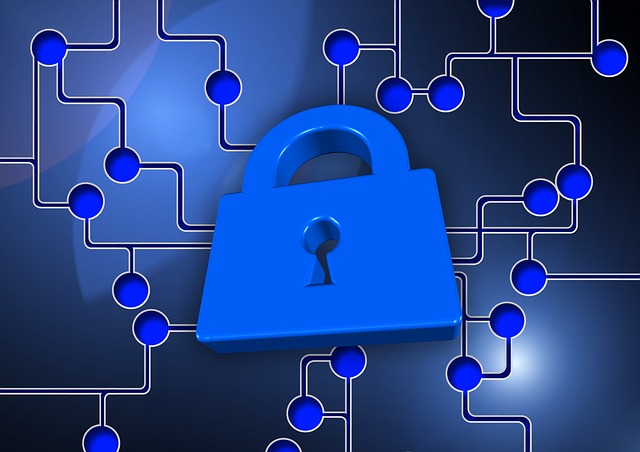This is, of course, assuming that your business computers already have at least one basic layer of security. This can either be the built-in firewall, the installed anti-virus program, or both.
If you purchased your computers with the Windows OS already pre-installed, this normally comes with the Windows Firewall, or you can turn on Windows Defender to act as the firewall. Of course, any firewall is always your first line of defense against any unwelcome visitors. If you’re not satisfied with Windows Firewall, you can have another firewall purchased or installed that offers packet filter technology.
What is considered SOP (standard operating procedure) in any small or medium business is to make sure that all the business computers – right down to the mobile laptops and tablets – be installed with an anti-virus program. It’s best to check with the latest reviews on the top anti-virus programs and always go for the top spot. While most computers purchased with Windows OS already come with a built-in version of either the Windows Defender or Microsoft Essentials, we don’t recommend depending on these because both have consistently failed in almost all anti-virus program reviews, being able to detect only 84% of presently identifiable viruses and malware. When installing a good anti-virus program and firewall, it’s best to seek the advice of a professional technical support company.
Malware Detection
Assuming again that you now have the firewall and anti-virus, and given that most malware infestations are a direct result of a user action, the typical anti-malware package is an additional layered defense attempt to offer protection against multiple threat vectors. This may include a component to scrutinize a URL link prior to launching it, or email and browser plug-ins that do the same to file attachments. In addition, anti-malware suites are increasingly bundled with a software-based firewall, spyware detection, and even spam filtering. Choose a malware program that runs in the background and doesn’t sap too much of the memory.
Spam Filtering
Though spam is not traditionally considered within the domain of computer security, the lines are getting blurred given the increasing number of direct phishing attacks used by hackers to sneak Trojan or zero-day malware into business workstations. In addition, there is also evidence to suggest that users who deal with a high volume of emails are more susceptible to being taken in by a phishing attempt. It is clearly in the interest of the IT department to filter out as many bogus email messages as possible. There are many ways to deal with spam, which may entail channeling all incoming email messages through a specialized cloud service provider or a server-based spam filtering software.

